The Things You Can See Only When You Slow Down: How to be Calm in a Busy World
Haemin Sunim, 2018
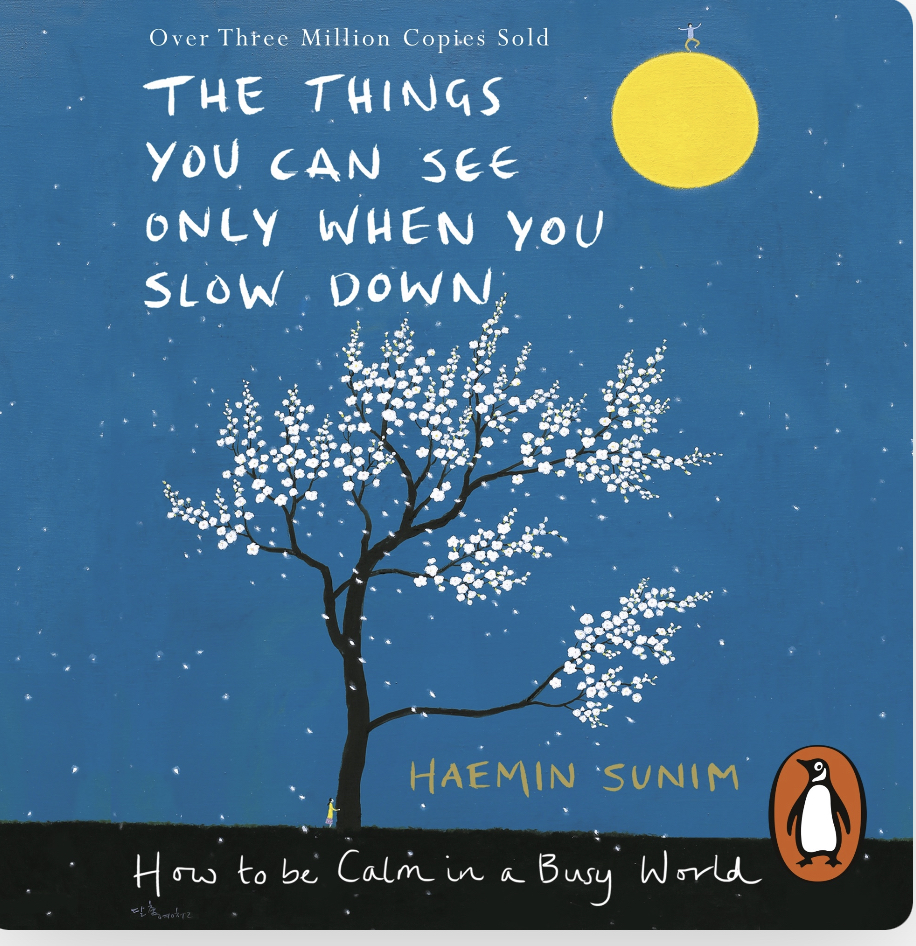
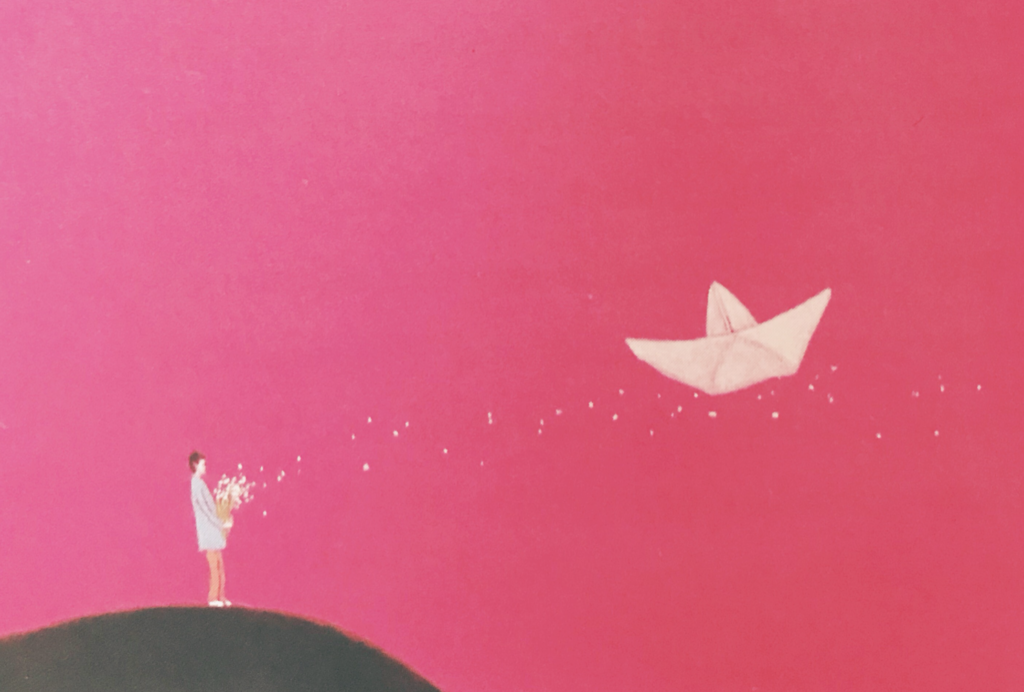
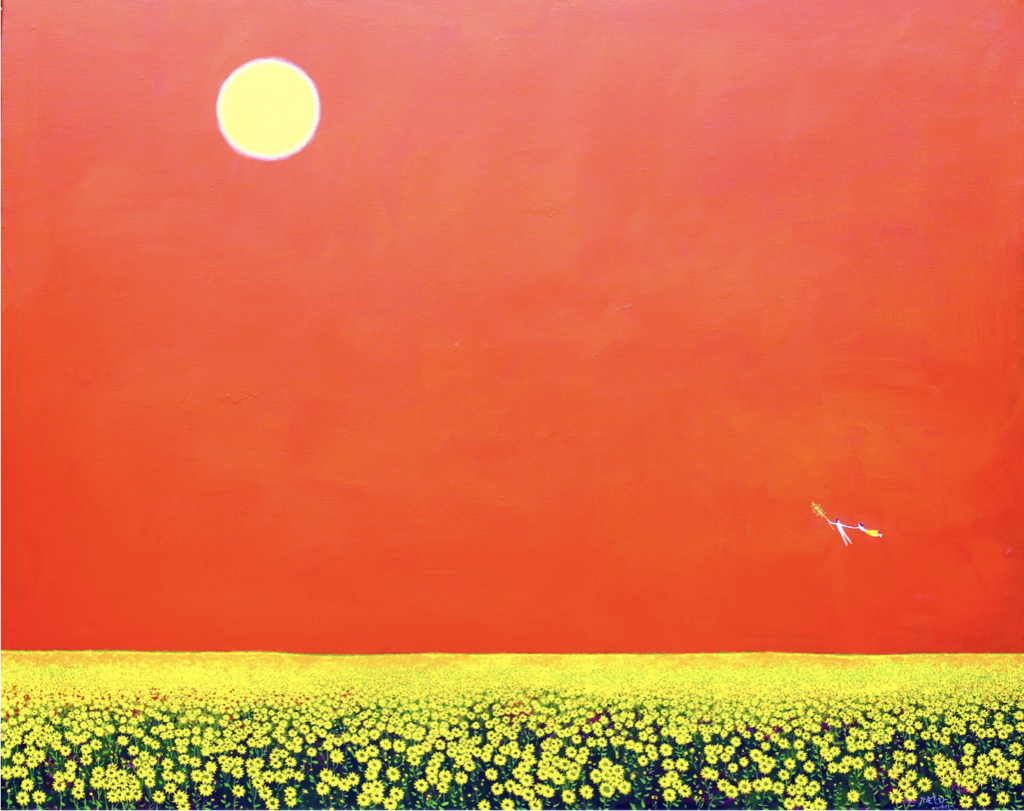
Haemin Sunim is a practicing Zen Buddhist monk and former professor, whose ideas about peace interconnect with some of the other items in this museum relating to mindfulness, meditation, and inner peace. Some years ago, Haemin started answering people’s questions about life’s difficulties, meditation and mindfulness on social media. On the basis of these answers, he was contacted by a publisher to turn his writings into a book. The book entitled The things you can see only when you slow down is the first of his now two published books.
For me, Haemin’s teachings are a valuable contribution to our understanding of peace. According to Haemin, the world is not objectively joyful, sad, or peaceful, and it cannot produce corresponding feelings inside of us. Rather feelings originate within the mind and the mind then projects subjective experiences onto the world. In other words, the world is not inherently peaceful. The world just is. Therefore, to experience peace, we need to practice a peaceful state of mind.[i]
Relevant for you and me?
“The increase in adolescent major depressive episodes began after 2011, concurrent with the increased ownership of smartphones and a concomitant increase in digital media time in this age group,” explained the researchers.
Mental Health Issues On the Rise Among Adolescents, Young Adults by Jamie Rosenberg, 2019
Consider the wave of mental health issues, such as burnout, anxiety, and clinical depression that prevail in modern society.[ii] Through conversations with friends and family members, I am aware that many people in the supposedly ‘peaceful’ Western world struggle and suffer because their state of mind is anything but peaceful. Studies have suggested that life in Denmark is happier and more peaceful than in many other parts of the world.[iii] Yet I see my friends hurting from stress, negative emotions, and life’s disappointments, despite the relatively benign conditions in which they live. I find this disharmonious dynamic unbearable and remarkable at the same time. Recognising this reality has inspired me to delve deeper into inner experiences of peace.
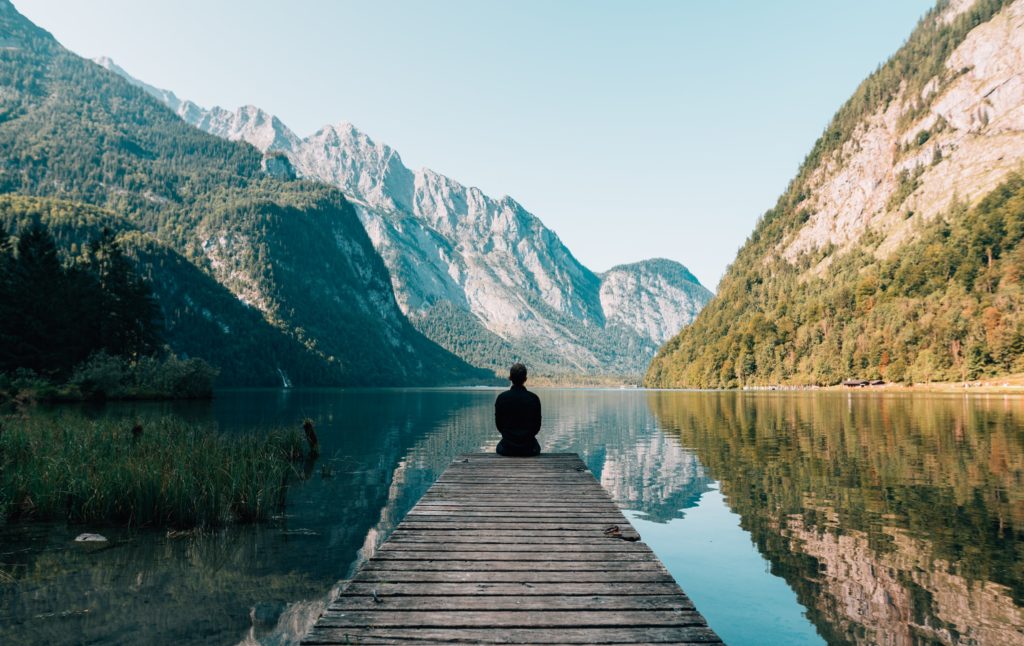
Go to your sacred space and close your eyes. Even if you are not that spiritual, invoke the heart of compassion and feel the embrace of acceptance.
Through descriptive analogies and short affirmations, Haemin promotes peace as something that originates within our own minds. Peace relies on the acceptance of oneself and one’s surroundings, just as they are. Haemin encourages us, the readers, to make peace with our circumstances while simultaneously working towards what we want to achieve. For Haemin, the primary obstacle to finding everyday peace is the mind and its limitations. If our minds are constantly overwhelmed, how are we then going to feel at peace? As such, paraphrasing Haemin, if your mind is at peace, so is the world around you.
When your mind is joyful and compassionate, the world is too.
However, one can wonder how the feeling of inner peace can have power over certain situations where social injustices, aggressive politics, or other people’s acts of violence are inflicted upon you or upon others. While Haemin is mindful of these troubling circumstances, he steers his advice towards people who, like me and my friends, live relatively benign lives but still struggle with negative emotions. In my experience, if negative emotions constantly awaken within me, I do not have the energy to spread joy, love, and peace in the world. Yet, if my mind is positive, I have both the energy and will to spread joy, love, and peace in the world. As Haemin notes, to nurture peace in the world, we need to look into the world from a peaceful place within ourselves. This is an important insight, that might awaken us to a sense of our responsibilities as peace-makers while also alerting us to the difficulties that people in conflict-affected situations might face in finding inner peace and so becoming transformative peace-makers themselves.
Here are some of my favourite quotes from the book…
… put into a drawing. I invite you to read through them with an open mind.
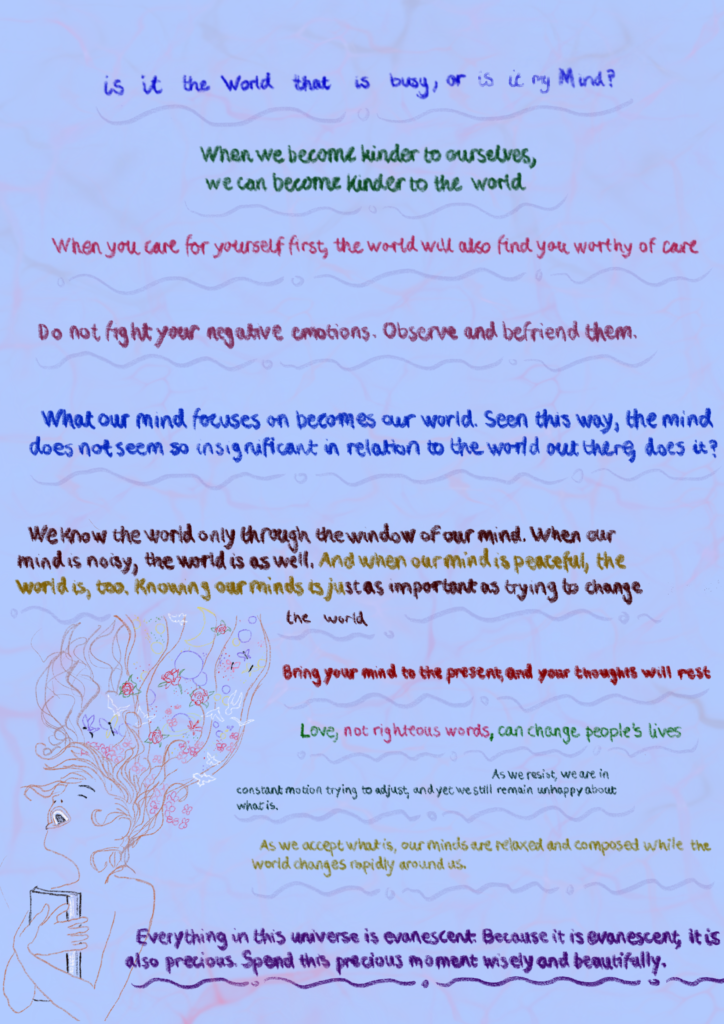
What I find inspiring is the practical potential of the book. Rather than telling us forcefully what to do, Haemin encourages us to question, reflect, and ponder upon life, something I personally appreciated when reading the book and still dip back into when the need strikes. The book has eight chapters addressing various aspects of life from love and friendship to work and aspirations, looking at how mindfulness can help us in each aspect. For instance, Haemin offers guidance on how to deal mindfully with negative emotions and how to increase self-awareness. Words of advice are addressed directly to the readers, to consider one by one and to remember so that they may accompany us in moments of anxiety and despair. Further, each chapter is continued by short prompts (like the ones listed above) for meditation. Personally, I resonate with Haemin’s notion of the immense power our minds hold. As I have explored in another ‘Inner Peace’ entry in this museum, we can train our minds to choose where to focus and how to interact with our surroundings. All in all, Haemin’s words of wisdom are for us to feel more at peace in our inner and outer world – as these are inevitably interconnected.
I believe that our internal narratives are key to understanding and building peace for two reasons. First, I think that Haemin’s teaching sheds light on how a rather peaceful life from the outside can be shattered by internal struggles. Rephrased, a benign environment does not guarantee peace. Equally, though, a non-benign environment can make the work of finding inner peace more challenging, given Haemin’s argument that our state of mind deeply impacts how we interact with and experience our environments. Second, I find that it gives agency to ourselves and our minds when it comes to feeling at peace. Despite the challenges, this is an empowering thought. Through Haemin’s simple messages, we are reminded of the moments of happiness and peace that exist in our everyday lives, and we are encouraged not only to relish and nourish them but to harness them to spread peace more widely. Consider the following simple pieces of advice:
Even if you are having just a bowl of cereal for dinner, eat it with the loving attitude of nourishing yourself. Isn’t it tiring to constantly have to care for your body? Pat yourself on the back for the hard work you are doing. Then go to bed one hour earlier as a gift to your body.
Do you feel unsettled or depressed? Then look at a child’s sleeping face for one minute. You will soon feel ripples of peace.
Do you have something on your mind? Then take a walk in the sun. Under the warmth of the sun, your brain will release serotonin, which calms the mind. If you let the mind linger on the question without trying too hard to find the solution, an answer will emerge on its own.
If you are having a bad day, see if you can find a way to help someone else. Even a small gesture of help will make you feel better.
These are words of advice not just for dealing with and reducing stress in our everyday lives but also for sharing and spreading peace in the world around us.
What do you think?
- Do you agree with the idea that the world just is, and that peace depends largely on your own state of mind?
- What kind of relationship do you visualise between inner peace and world peace?
- What kind of agency – or responsibility – do Haemin’s arguments give us to be agents of peace in our own lives and in the wider world?
- Do you think that individual mindfulness can bring peace to others, not just to yourself?
If you enjoyed this item in our museum…
You might also enjoy ‘Inner Peace‘, ‘Padre Steve’s Christmas Journey of Healing‘, ‘Make me a Channel of your Peace‘ and items with the tag ‘Performing Peace‘.
Otilia Meden, May 2022
[i] Haemin’s teachings are largely based on existing Buddhist philosophies, but he rephrases the ideas into simple and short messages to promote moments of calm reflection to people with busy lives: Sunim, Haemin. 2018. The things you can see only when you slow down: How to be Calm in a Busy World. United States: Penguin Books, pp 2-3. For further interest in Buddhism, see here: Walpola Rāhula. 1967. What the Buddha taught. Bedford: Gordon Fraser. http://www.ahandfulofleaves.org/documents/what%20the%20buddha%20taught_rahula.pdf and here: https://www.youtube.com/watch?v=Lxq-RiLb-6M.
[ii] According to the World Health Organisation 2020 report about mental health, European countries have the highest percentage of mental health illnesses: https://www.who.int/publications/i/item/9789240036703.
[iii] Denmark has been named the world’s best country to live in, according to the Quality of Life Rankings 2019 by the CEOWORLD magazine https://www.healthcaredenmark.dk/news/denmark-is-the-world-s-best-country-to-live-in/.